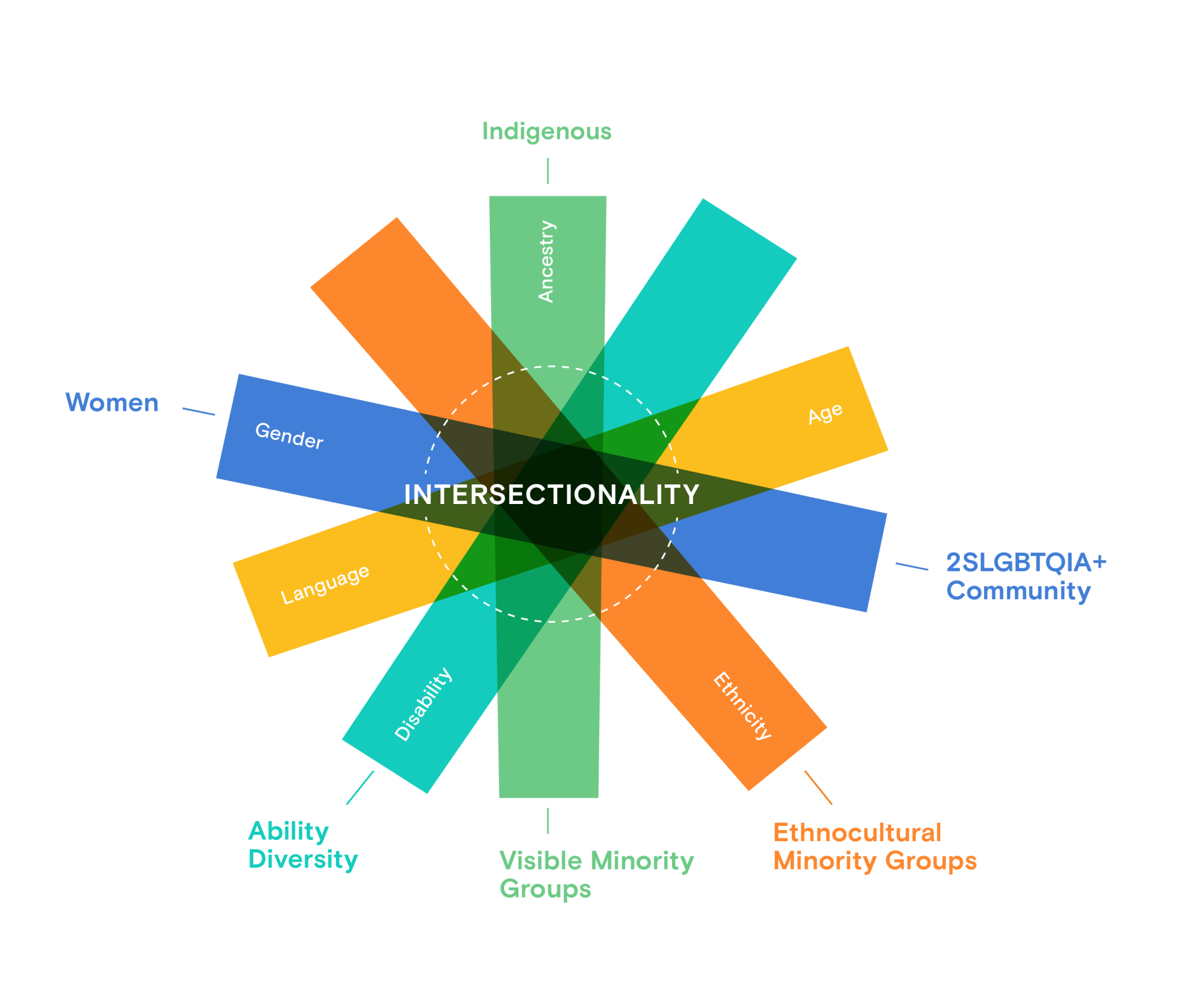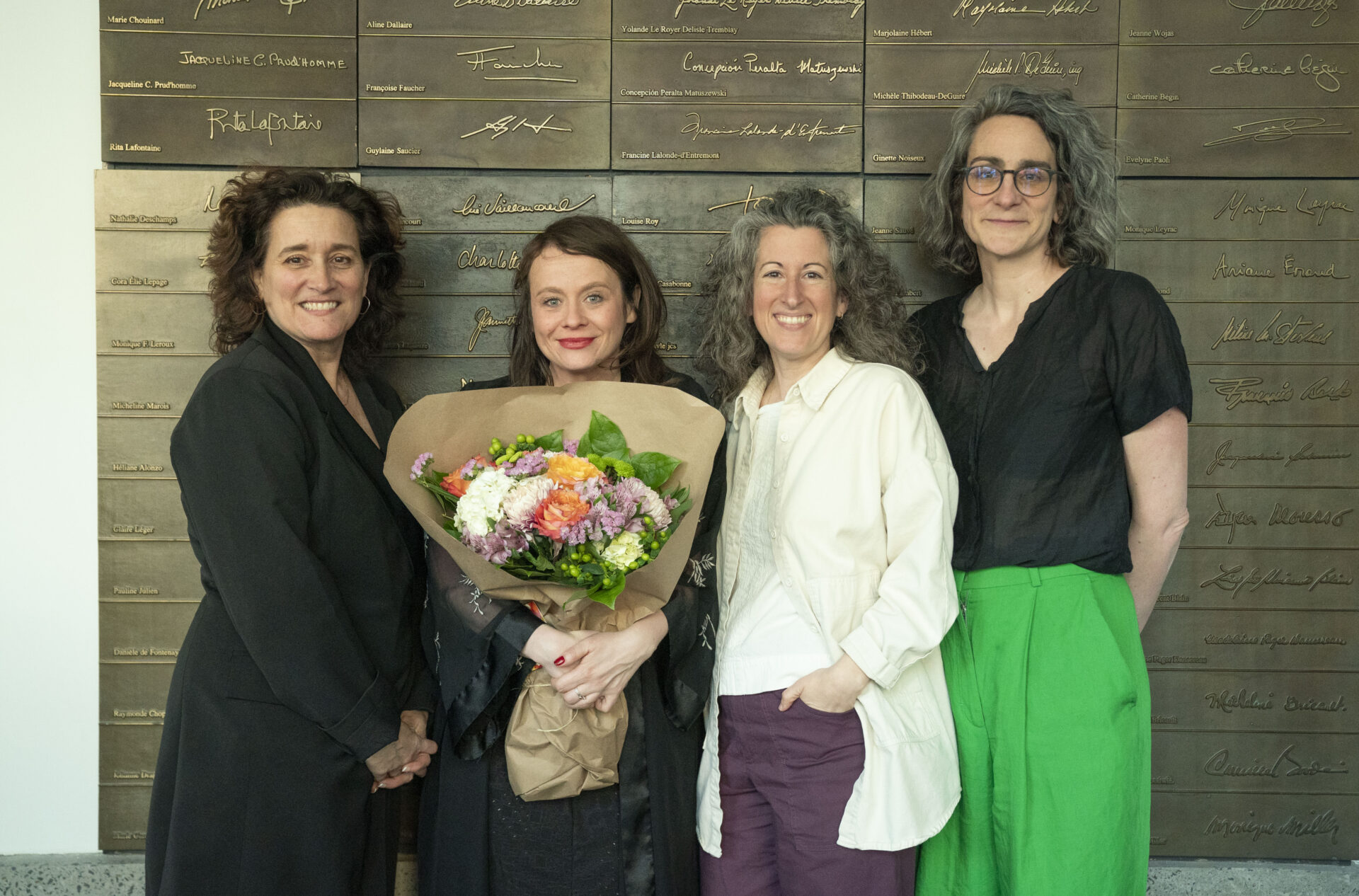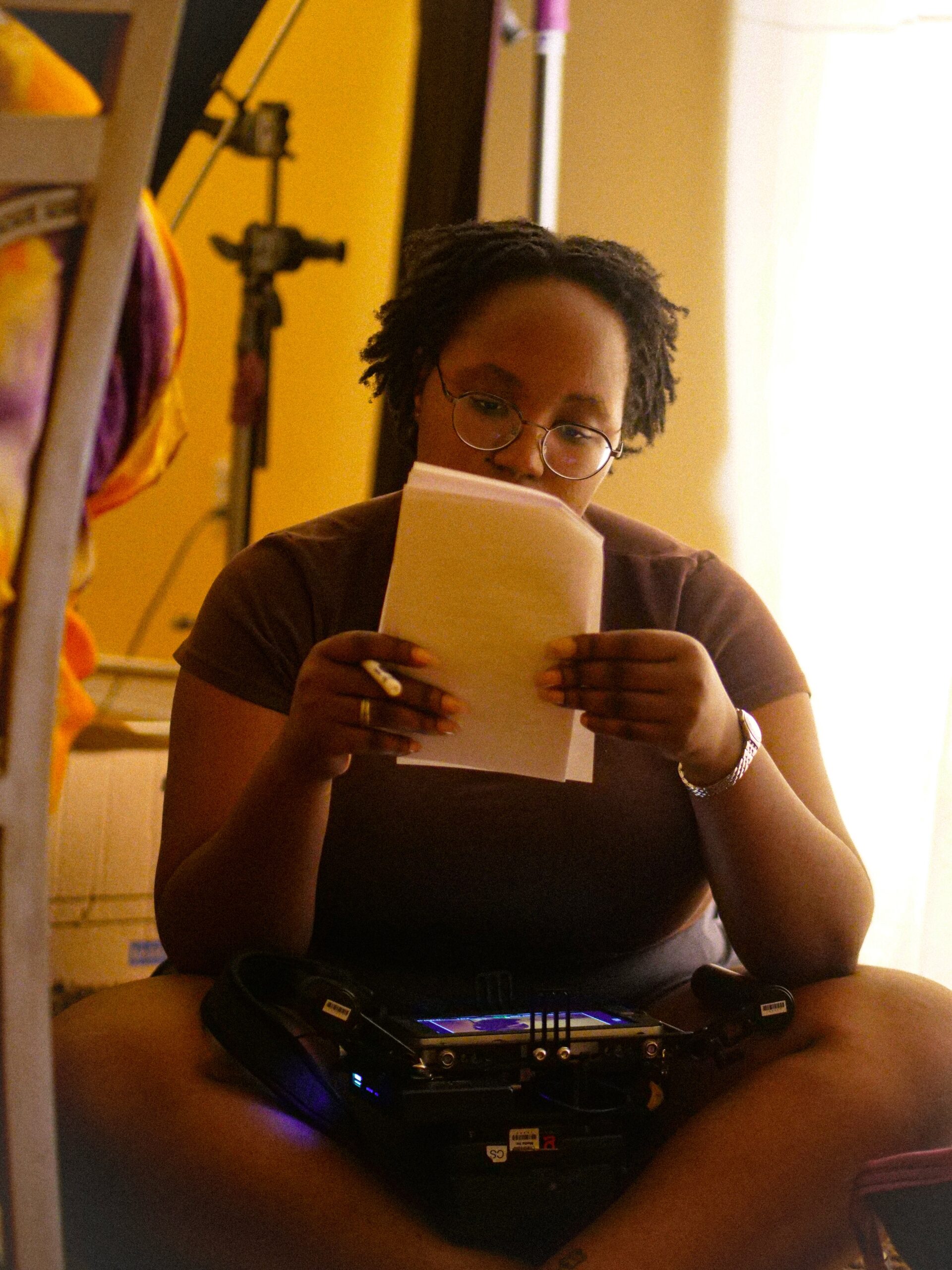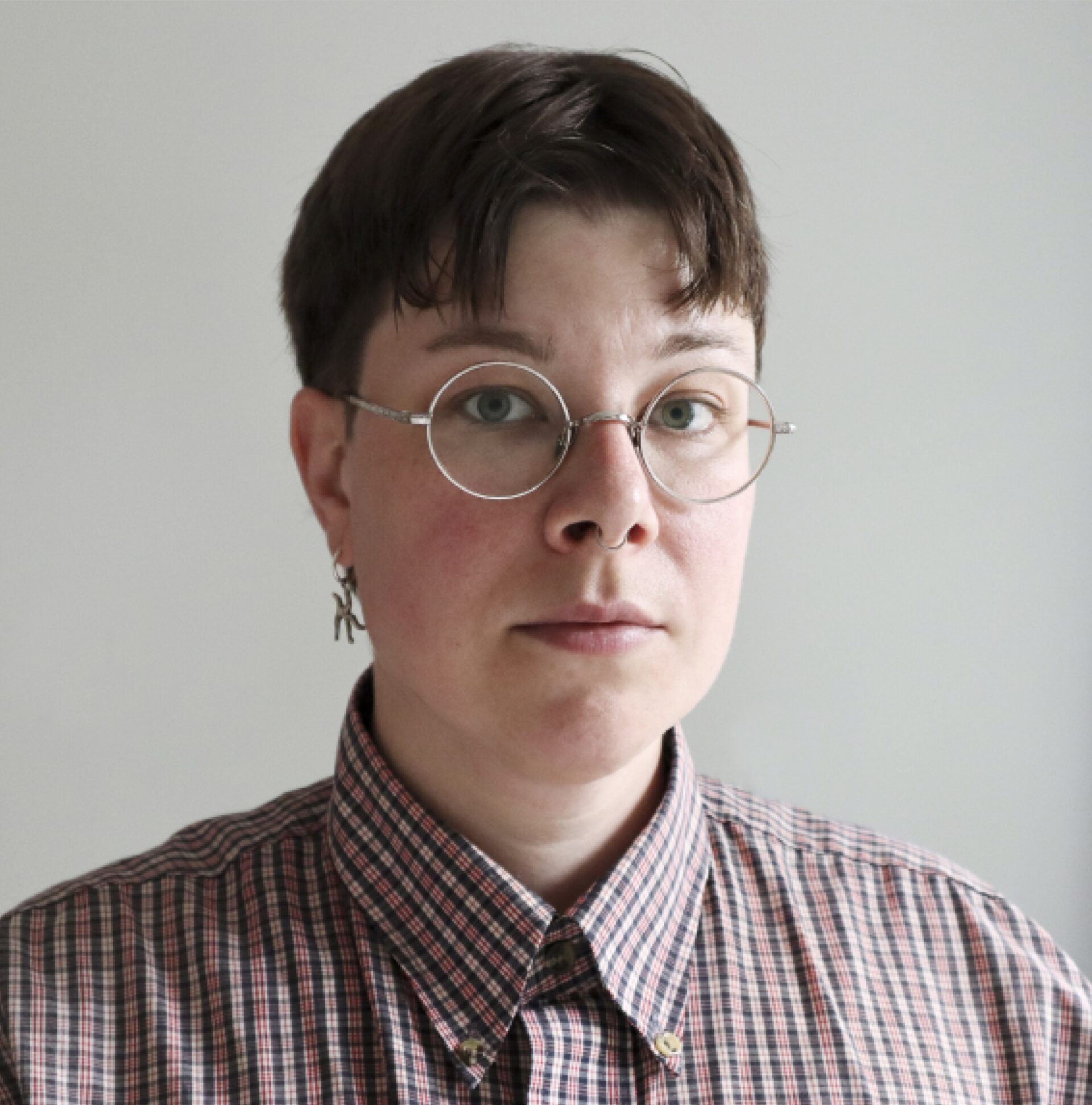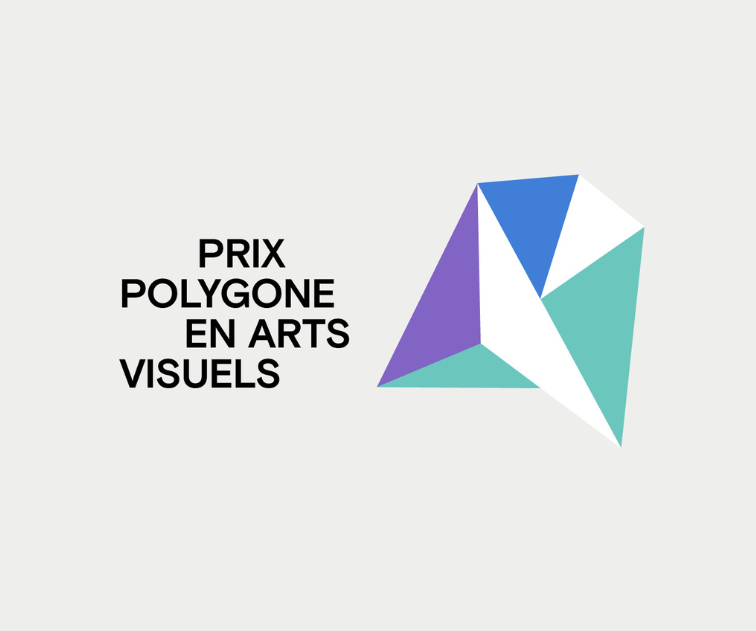Did you know that 39% of Montrealers are members of racialized groups and 63% are first- or second-generation immigrants? On September 20, at its annual meeting, the Board issued its new Equity Policy, a document which supports the principles of equity so dear to our organization, and which are reflected in all its activities.
To fully carry out its mandate, the CAM aims to better engage with and support artists, cultural workers and artistic practices from groups facing major challenges to their full participation in society. Our Equity Policy provides a transversal and holistic framework, and acts as a catalyst for reaching the targets of the 2022–2025 Strategic Plan.
The City of Montréal has made Solidarity, Equity and Inclusion one of the four directions of its Vision 2030. Not only does Montréal recognize that the various issues linked to poverty, social exclusion, racism and discrimination still exist, but that systemic solutions are needed more than ever to achieve equity, including equal opportunities and equal treatment.
A Brief Overview
As early as 2004, the CAM was defining cultural diversity as a strategic priority. Thus, in 2006, the organization introduced its Politique de promotion et de développement de la diversité culturelle dans les arts 2006-2010 (Policy for the Promotion and Development of Cultural Diversity in the Arts 2006–2010). This forward-thinking initiative in the art world has led to a number of actions, such as the hiring of a Project Manager – Cultural diversity, that have produced concrete results. Consequently, the number of supported organizations representing diversity and the related funding more than doubled between 2010 and 2014.
Efforts to reach equity commitments have continued, and recognition of diversity has taken on greater importance at every turn in the CAM’s planning and action plans, eventually becoming a named and recognized strategic priority. The Indigenous Arts Committee was created in the wake of these developments, in 2018, followed by the hiring of an Indigenous Arts Project Manager.
Launched in 2019, the participatory process that led to the present Equity Policy has involved more than a hundred people coming directly from the cultural and artistic communities of Montréal.
Territorial acknowledgement
In that time, a collective effort has been made to give the Council official territorial acknowledgement, so that everyone can make it their own.
We wish to acknowledge the ancestral presence of the Kanien’kehá:ka Nation, the People of the Flint, as the past and present custodian of the lands and waters on which we gather today.
This territory known as Tiohtià:ke/Montréal has also been a gathering place and home to several Indigenous peoples, such as the Anishinaabeg, the W8banakiak, and the Wendat, who have inhabited the area at different times in history and who have shared and transmitted their artistic practices and cultural knowledges.
With the conviction that the arts contribute beneficially to our collective quality of life and that the past, the present, and the future must be honoured, the Conseil des arts de Montréal commits to supporting Indigenous arts practices through its programs and initiatives, to engage and build relationships with the Kanien’kehá:ka and other Indigenous peoples here in Tiohtià:ke, and to showcase their own practices, histories and sovereignties.
As an institution that exists within a Western colonial framework, we acknowledge this as our origin. We continue to expand our awareness and our initiatives with the hope of honouring our place in the TwoRow Wampun Belt Agreement and its message of a future marked with mutual friendship, peace and respect.
We thank the Indigenous Arts Committee for their assistance in writing this Acknowledgement: asinnajaq, Moe Clark, Hannah Claus, Dayna Danger, Léuli Eshrāghi, Camille Larivée.
An Intersectional Process
The CAM adopts an intersectional approach and factors in the various challenges and obstacles faced by people from different equity-seeking groups. In other words, all aspects of people’s identities and experiences (class, gender, disability, age, ethnic origin, sexual orientation, etc.) must be considered. Intersectionality enables a better understanding of the ways in which systems of oppression and discrimination overlap and complement each other.
Priority Groups
While acknowledging the existence of a complex range of identities, the CAM has identified through its consultation process priority or under-represented groups, particularly racially discriminated communities and artists with marginalized intersectional identities.
The present Equity Policy focuses on artists and cultural workers from the following priority groups:
Next Steps
In order to meet the 25% funding target for priority groups (Indigenous, i.e. First Nations, Métis and Inuit, visible minority groups, ability diversity groups, and ethno-cultural minority communities) by 2025, the CAM has initiated the development of a clear, accessible, and proactive Action Plan engaged in a reconciliation and transparent process that recognizes artists in all their plurality. This Plan will specify the goals, initiatives, programs and resources to support its implementation. The publication of a self-identification form is one of the tools implemented to help guide the organization.
The CAM considers equity to be an ongoing process. Thus, this Policy must be treated as a “living” document, adaptable and scalable, that will be regularly updated to meet the ever-changing needs of the artistic sector in Montréal and the challenges related to equity. The goal is for this Policy to help dissociate targeted support from a perception of privilege, and rather to define it as a means to achieve equity.
Equity Policy
September 21, 2023
